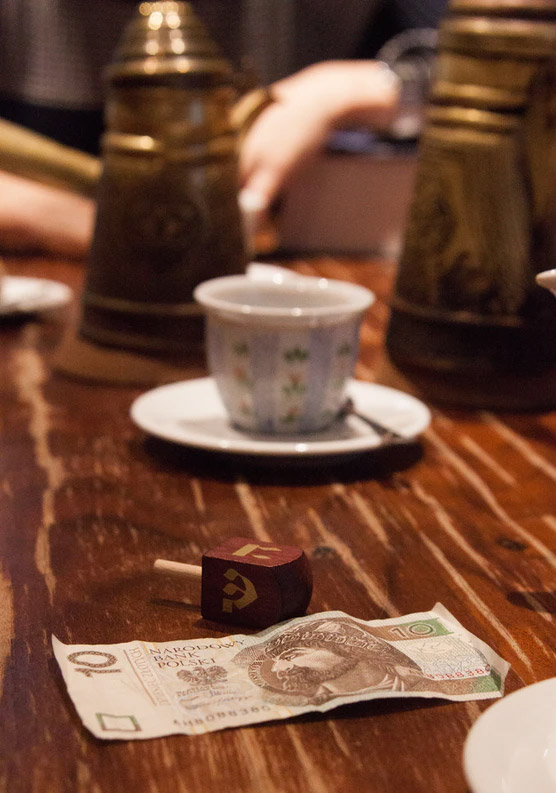Can we have a cup of coffee like 19th century Europeans?

Our grandparents' coffee was very different from today.
Coffee is a favorite habit for most of us, an integral part of our daily lives, something so given that we could not imagine our lives without it. But there was a time when daily coffee was not only not a given, but it was very different from today. What was the coffee of our great-grandparents like?
Coffee arrived in Europe around the 16th century and has never stopped evolving since. Can we reconstruct today what flavor the surprised Europeans of that time tasted? What origins, what roasting, what grind do we need to reconstruct a cup of coffee from a Viennese Café of 1800?
The article is based on data available for cafes in Central and Southern Europe, but the situation should not have been particularly different in our country, with the difference that the Ottoman rule may have intensified the Arab influences, such as the use of spices in coffee - after all, our country has always been a crossroads of East and West and the same happened in its coffee.
 How can we drink a cup of coffee like 19th century Europeans?
How can we drink a cup of coffee like 19th century Europeans?
Choose the right origin: Coffee has been an Arab monopoly for many years, and all coffee arriving in Europe started from the port of Moka, in the Yemeni. The grain, which traveled by ship to Europe and America, was either produced in Yemen or imported into the Arabian Peninsula from neighboring Ethiopia. For many years, this was the only coffee that Europeans could drink, until the Dutch colonialists broke the Arab monopoly by cultivating coffee in Indonesia - so "Java" was added to the "Mocha" coffee. If we want to approach the taste of those times, single-variety choices from Yemen, Ethiopia or Indonesia are the closest we can find. In fact, mixing the two origins, we reconstruct Mocha-Java, the first blend coffee that European coffee merchants sold to avid customers.
Forget about fresh coffee: Today, many coffee lovers pay special attention to the freshness of its beans, but this for 18th century Europe was out of the question. The grains were transported by ships, on multi-month voyages, exposed to moisture, salt and sea winds, acquiring a very different profile. Today, this taste has largely disappeared. However, several companies offer aged Asian coffees, as well as Monsooned coffees from India, the processing of which endows them with a taste profile similar to those of the period under consideration. A single variety Indian Monsooned coffee from Malabar or Karnataka is the closest we can get to aged coffee, having a special and distinctive taste.
Do not overlook roasting: Naturally, our European great-grandparents did not have the equipment, know-how and the will to roast their coffee the way it is today, at a time when roasting has become a real science. The coffee beans were usually roasted in flat pans on a wood fire. It is almost impossible to resurrect this technique today, since even some companies that insist on "traditionally" have adapted this method to today, for better results. The most realistic version is to prefer a dark roasted coffee - although in single variety options, this is relatively difficult.
Arabic, the oldest coffee in the world: If we want to move to an 18th century European cafe, we must forget about espresso, but also filter coffee. The way the coffee was made was, like the beans, imported from Arabia! Arabic coffee (our well-known Greek) was the only way to make the drink we love, among other things because boiling water meant safe consumption, at a time when drinking, clean water was not a given at all. While the Arabs used spices (and especially cardamom) to tame the intense taste of coffee, Europeans added sugar when it was naturally available, otherwise they enjoyed their thick, dark coffee plain.
Dark, thick, aged and originating in Yemen or Java, our ancestral coffee sounds out of place in the espresso era - but it continues to be a part of the history of our favorite beverage.










